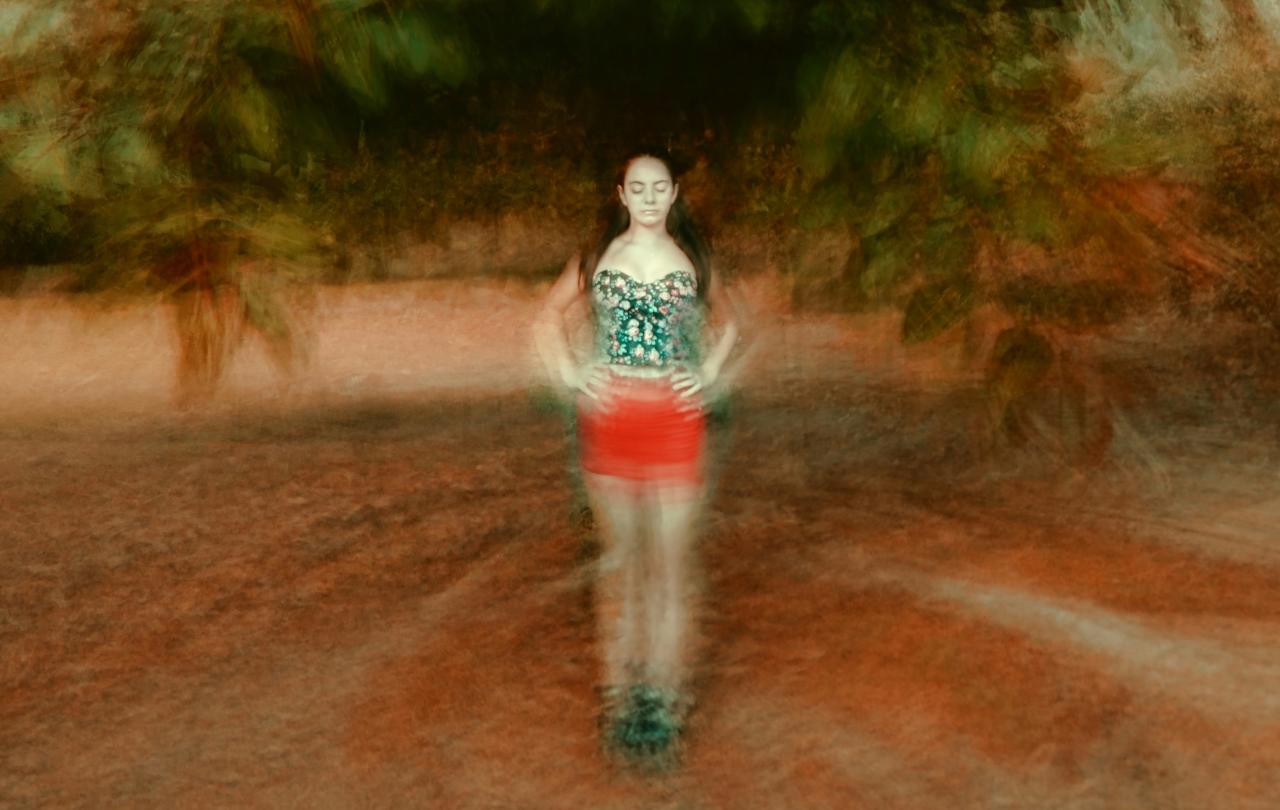
According to Blaise Pascal, the seventeenth century French polymath: all of humanity’s problems stem from man’s inability to sit quietly in a room alone.
And now, four hundred years later, we have proof of how hard we find this.
Researchers carried out an experiment, putting several people in a room on their own with nothing else to do but sit there for fifteen minutes. A majority admitted feeling uncomfortable with little but their thoughts to console them. The experiment was repeated, only this time an instrument was placed in the room that could administer an unpleasant electric shock. In the fifteen-minute period, one in four women self-administered the shock to relieve the boredom. Two in three men did.
There is a chance we draw the wrong conclusions from social experiments because it is hard to get into the minds of others, but we can make a good guess here. Our lives are over-stimulated. To be alone in a room with our thoughts for any length of time is unusual to the point of weird. We don’t need to live like this. Our smartphones are the ‘rod and staff which comfort us’. Any spare moment can be spent using TikTok, Instagram or Spotify.
As people age, they tend to think the world is losing its attention span without realising that focus declines as we grow older. But something seems to have changed in the last two decades. A whole new digital architecture has been designed that wasn’t there. It creates the buzz of the city but has gone up around us like skyscrapers, creating cold shadows and bitter wind tunnels of anger and distraction that block out the warmth.
This new online city is intentionally designed to keep our attention; to prevent us from doing anything offline. And it is working. Between 2010 and 2020, globally, we consumed twenty times more information. This is a colossal increase for our brains to cope with in the blink of an evolutionary eye. Our minds have become less like the cool, white minimalist interior design people aspire to in life and more like the junk garage where broken and pointless stuff is tipped.
According to Johann Hari in Stolen Focus, we tend to blame ourselves for this state of affairs. After all, if we tell others our smartphone is distracting us, the answer we get back is to turn it off. While we can take steps like this, Hari says it lets tech companies off the hook. As with shopaholics, there is individual responsibility, but there is also the edifice of consumer capitalism designed to make us buy more stuff or absorb more information.
Mind wandering is, paradoxically, a form of attention. It is the space where we solve the puzzles of our lives, joining dots we had missed, colouring in a picture to bring it alive.
When we consider what it means to follow Jesus today, we often do not appreciate what tech is doing to us. The gains are obvious – having the world at our fingertips, being able to talk to family and friends in an instant – but the losses remain obscure. How does digital distraction affect reading of the Bible and a commitment to prayer? There is little research on this, but we may be giving God less devoted attention than before. In flitting from one source to another, like a fly on a hot summer’s day, we do not stay long enough in one place to discover if God is waiting for us there.
Prompts from God frequently emerge outside the thinking of the Church. A cohort of Silicon Valley tech wizards has come up with the idea of the digital Sabbath, where people spend one day a week unplugged. Though describing themselves as not especially religious, their manifesto practically drowns in religious tradition. They advise people to:
- Avoid technology
- Connect with loved ones
- Nurture your health
- Get outside
- Avoid commerce
- Light candles
- Drink wine
- Eat bread
- Find silence
- Give back
It is sabbath re-imagined for the digital era.
Johann Hari also lists some practical actions that can be taken, like staying on task and limiting exposure to social media in particular as it is shown to be bad for mental health in large doses. We should also allow our minds to wander. This does not contradict the argument about not losing focus. Mind wandering is, paradoxically, a form of attention. It is the space where we solve the puzzles of our lives, joining dots we had missed, colouring in a picture to bring it alive.
When the prophet Elijah meets with God at Mount Horeb, there is first a strong wind, then a powerful earthquake and lastly a raging fire. But God does not reveal himself in these gripping phenomena. He is to be found in the sheer silence which follows; in the whisper of a voice.
The sheer silence today is broken by the familiar buzz of a news feed or social media update – or the shock of an electric current. The moment we move out of earshot of the faint audio of the divine.
Join with us - Behind the Seen
Seen & Unseen is free for everyone and is made possible through the generosity of our amazing community of supporters.
If you’re enjoying Seen & Unseen, would you consider making a gift towards our work?
Alongside other benefits (book discounts etc.), you’ll receive an extra fortnightly email from me sharing what I’m reading and my reflections on the ideas that are shaping our times.
Graham Tomlin
Editor-in-Chief





